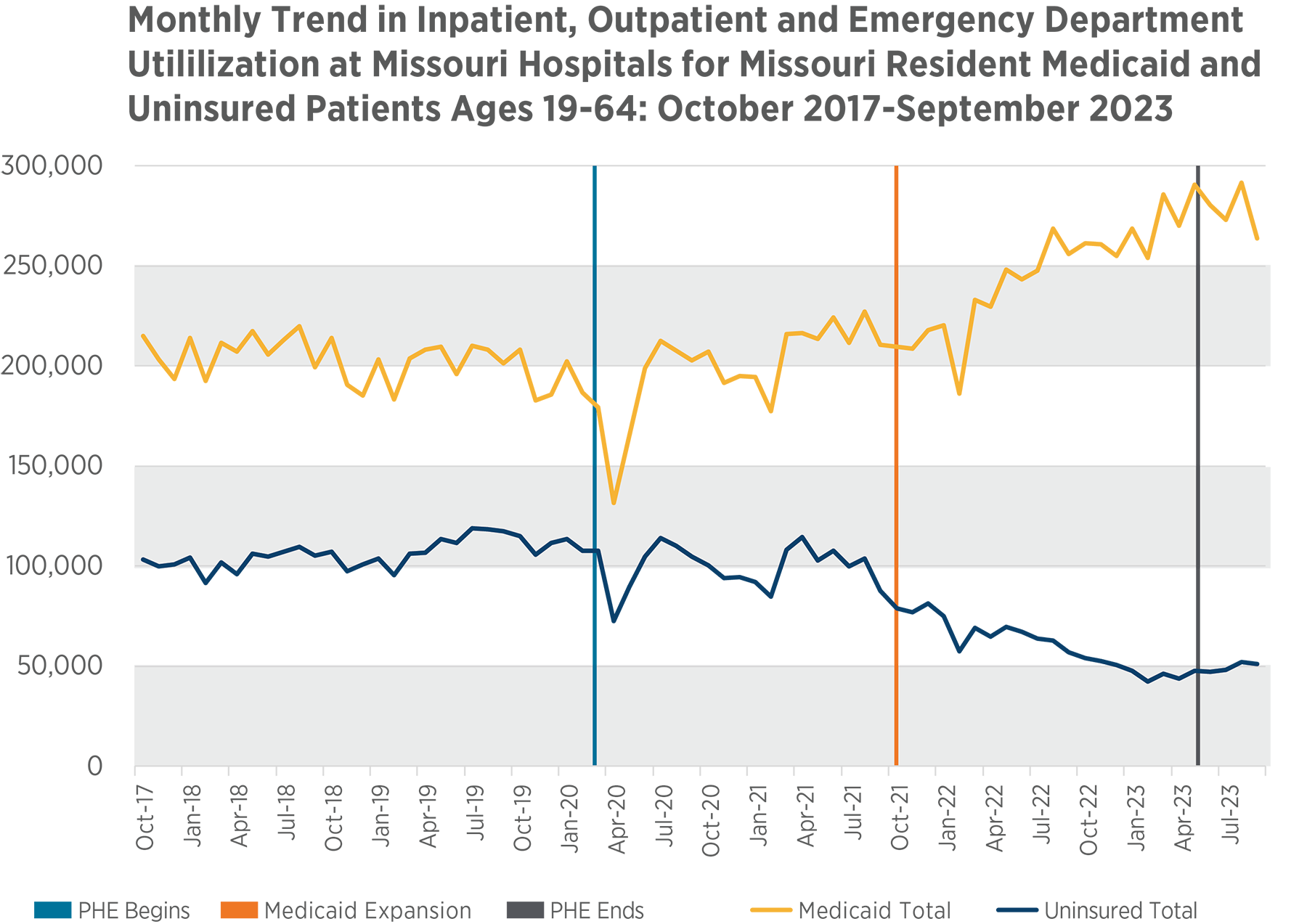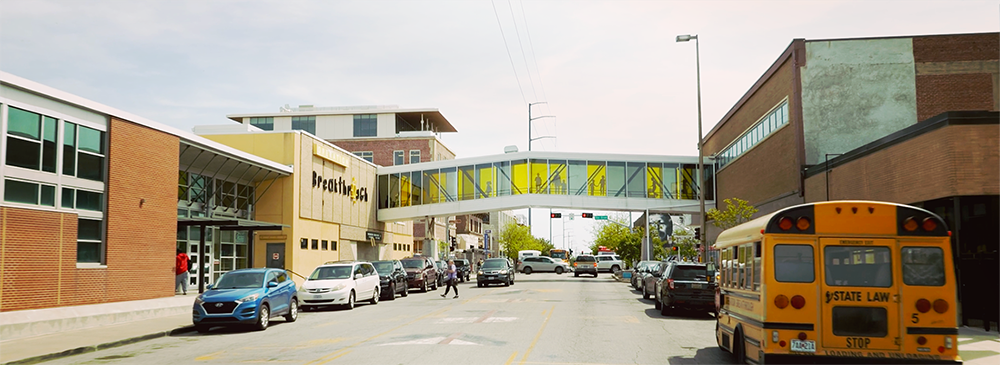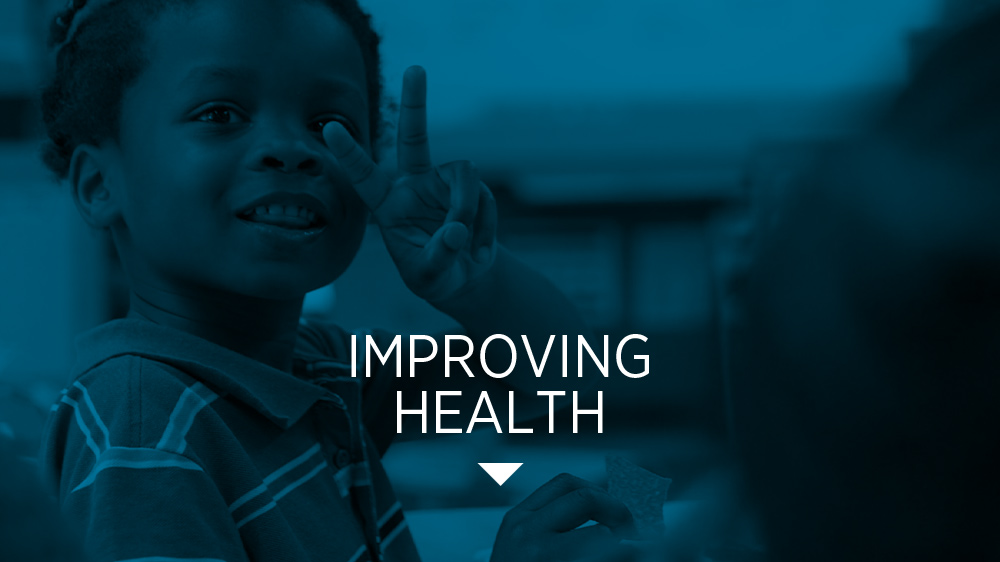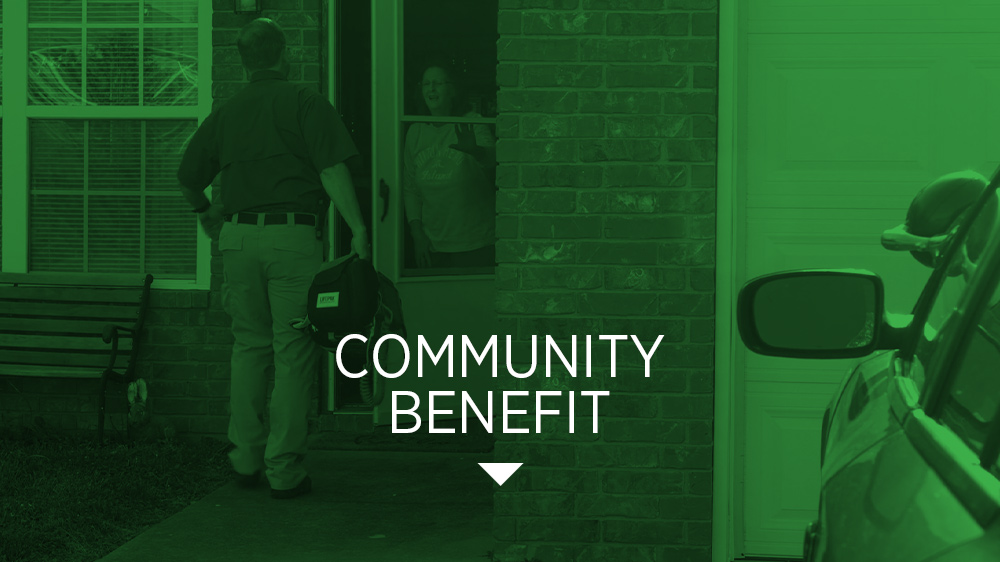Actions
Type
Topic
- Community Investment
- Economic Impact
Tags

Health happens in the places Missourians live, work, learn and play. However, the factors that contribute to health are not equally represented in every community — adequate housing, and access to healthy food, transportation and health care services, for example. These social determinants of health have a significant influence on wellness.

Missouri’s hospitals are community-based institutions that aspire to provide health, as well as care. All hospitals provide community benefits and investments in health improvement as determined by the needs of the communities they serve.
Each year, the Missouri Hospital Association surveys the state’s hospitals to aggregate some of their financial contributions that make up their total community benefit. In 2022, hospitals provided more than $1.3 billion in uncompensated care, and $3.29 billion in total community benefit. These data are available to the public — including hospital-specific investments — on MHA’s consumer-focused website, FocusOnHospitals.com.
Hospitals are increasingly moving upstream of the clinical environment to improve health and wellness in the communities they serve. These investments are difficult to represent using traditional community-benefit reporting tools — there are few metrics for health dollars not spent, quality of life improved, illness avoided or opportunities created. However, this work can be transformational for individuals and communities.
Hospitals throughout the state are engaged in community-specific programs to improve health and well-being. These mission-driven programs often are difficult to illustrate with traditional benefit reporting as they focus on the prevention of poor health and the improvement of quality of life. This year’s report includes three stories highlighting hospitals’ and health systems’ work that are emblematic of these efforts.
Citizens Memorial Hospital
Using a system called Mobile Integrated Health, Citizens Memorial Hospital stretches services beyond the hospital campus to support care in the community through improved access to primary care and services from community paramedics in patients’ homes. In addition to reducing the need for rehospitalization, community paramedicine allows care management and identification of social determinants, creating better coordination of care and community resources to improve health and wellness, long-term.
Children’s Mercy Kansas City
Children’s Mercy Hospital partners with Operation Breakthrough to provide pediatric care at the nonprofit’s campus at 31st and Troost in this historically underserved area of Kansas City. By co-locating health services at this important destination for child and youth development, participants can access preventive care and health care services within the community. At the same time, Children’s Mercy Hospital staff can identify both clinical and community challenges to health while connecting parents with community services offered on-site, through the hospital, at Operation Breakthrough and by other community partners.
SSM Health St. Louis
SSM Health is working with the St. Louis Integrated Health Network to bridge the gap between hospital care, primary care and community support resources that allow patients to manage chronic conditions and overall health. With staffing in hospital emergency departments in the region, the SSM Health and the IHN teams can identify patients who could benefit from better care coordination. At the same time, the partnership evaluates what other factors are driving poor health and engages other community partners to help address challenges that relate to the social determinants of health.
Hospitals provide an important safety net for care in Missouri. Although hospitals are working to improve care access and equity, many Missourians cannot afford the cost of care. Missouri’s hospitals provided more than $1.3 billion in uncompensated care in 2022. Uncompensated care is the combined total of charity care and bad debt — unrecoverable costs for care provided — reported by hospitals at cost.
Although uncompensated care has traditionally been a key indicator of hospitals’ role as a safety net, it is only one aspect of the way hospitals provide benefit. Hospitals also absorb unreimbursed costs of care for Medicare and Medicaid beneficiaries, contribute to the education and training of the health care workforce, and donate to local causes. When combined with uncompensated care, these investments are known as community benefit. In 2022, Missouri’s hospitals provided $3.29 billion in community benefit — an increase of $85 million.
The 2022 data include influences that make comparisons to prior years, or predictions for future community benefit trends, difficult. These variables include the effects of Missouri’s Medicaid expansion, the closing stages of the COVID-19 pandemic and the state’s larger than normal Medicaid population — a factor of the federal public health emergency’s pause on eligibility determination.
It isn’t clear how the trends in Medicaid enrollment and utilization will influence hospitals’ community benefit over time. However, the larger than normal Medicaid enrollee rates do appear to have shifted some of hospitals’ benefit from uncompensated care to unreimbursed costs of providing care to Medicaid enrollees. In 2022, hospitals’ uncompensated care totals decreased by approximately $300 million. These reductions were offset by significant increases in the unreimbursed costs associated with caring for Medicaid patients, which grew by $365 million during the same period.

The long-term influence of Medicaid on uncompensated care and community benefit is difficult to calculate given the dynamic nature of Medicaid eligibility. However, Medicaid coverage can provide enrolled individuals access to a system that creates opportunities for primary care, chronic care management and prevention. These benefits can reduce episodic care — often provided in a hospital emergency department — and support continuity of care that can improve health.
Hospitals also contribute to the economic and social strength of the communities they serve. Hospitals are among the largest employers in their communities, and their capital investments, payroll and benefits, and other spending ripple through the economy.
In 2022, Missouri hospitals employed more than 157,000 workers, investing $13.5 billion in payroll and benefits statewide. They also invested nearly $1.6 billion in various capital improvement projects. These investments create household income, opportunities to support and build businesses, and revenue for state and local governments.
Access hospital-specific data at www.FocusOnHospitals.com.













